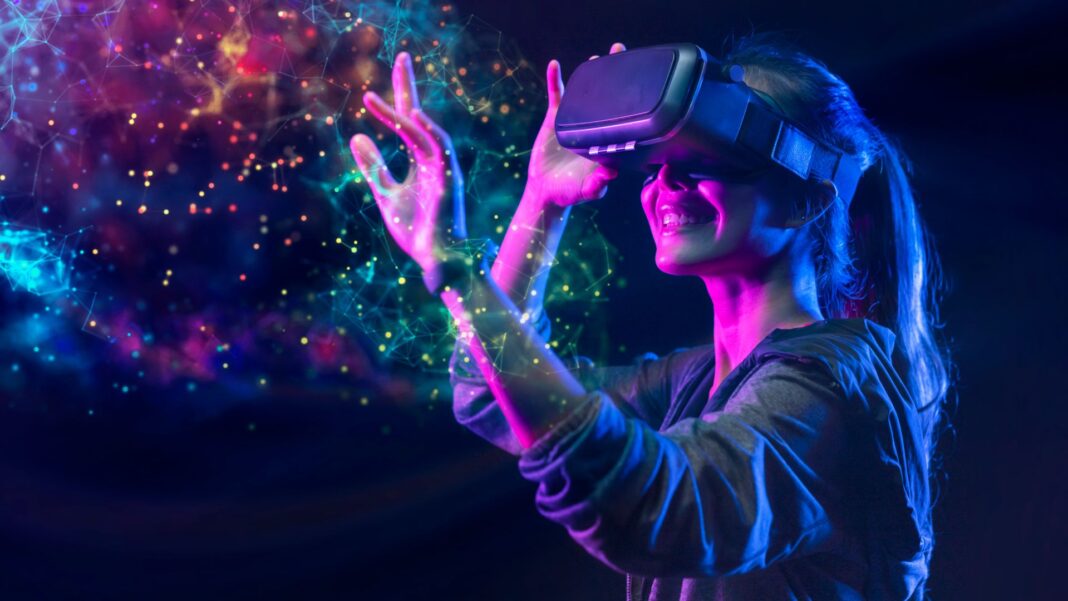The future of AR is bright. Don’t believe us? Well, let us explain why and how AR will be a part of our daily lives.
Augmented reality (AR) has come a long way since its inception. From its early applications in the military and gaming industry to its current use in education, healthcare, and marketing, AR has revolutionized the way we interact with the world around us.
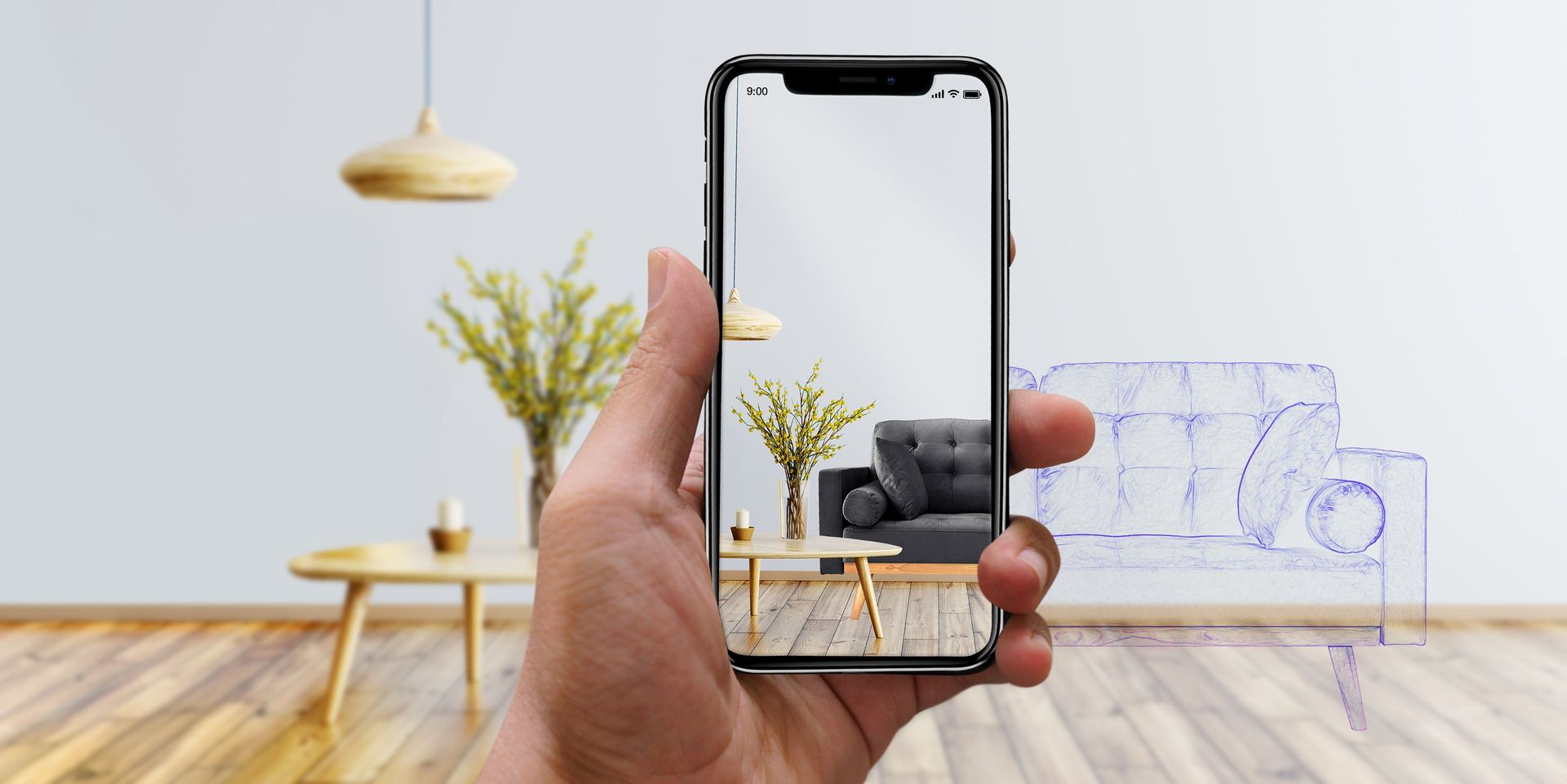
With more businesses and individuals embracing this technology, the future of AR seems brighter than ever before.
In this article, we will explore the latest trends and technologies that are shaping the future of AR. From spatial computing to AR cloud and smart glasses, we will take a closer look at how these innovations are set to transform several industries.
We will also discuss the impact of 5G networks, haptic feedback, and AI and machine learning on AR and how they will enable more seamless and personalized experiences.
Latest technologies that will shape the future of AR
Spatial computing is one of the latest trends in AR that has the potential to transform several industries. It involves using sensors, cameras, and algorithms to create 3D digital maps of physical spaces.
This technology enables AR devices to accurately recognize and interact with real-world objects, providing a more immersive experience for users.
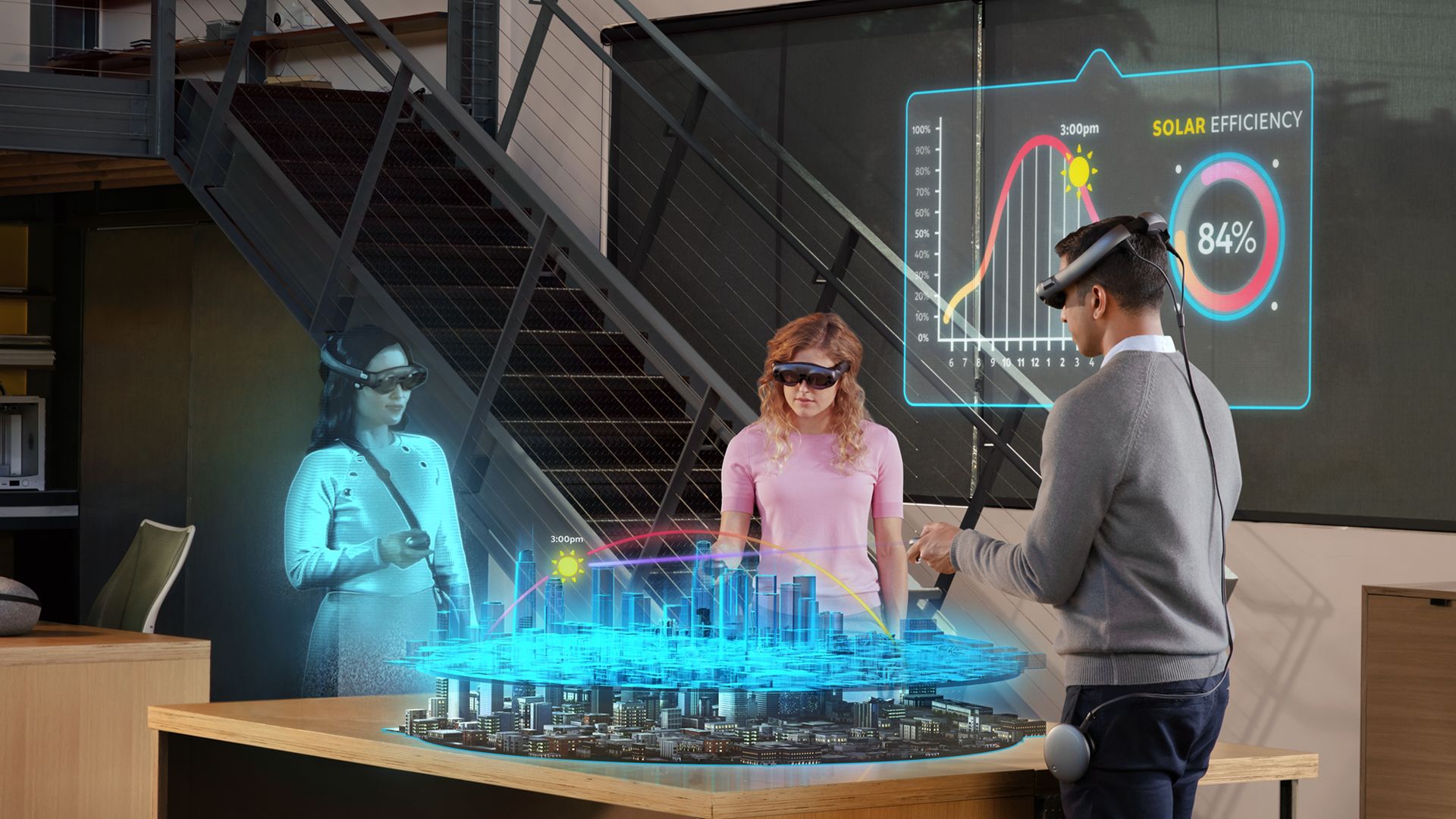
Another trend that is shaping the future of AR is the AR cloud. This technology allows multiple AR devices to share a common digital space, creating a seamless experience for users.
With the AR cloud, users can interact with digital objects in real-world locations, making AR experiences more realistic and engaging.
Smart glasses are also set to take AR to new heights. Unlike traditional AR devices that require users to hold up a smartphone or tablet, smart glasses enable users to interact with digital content hands-free.
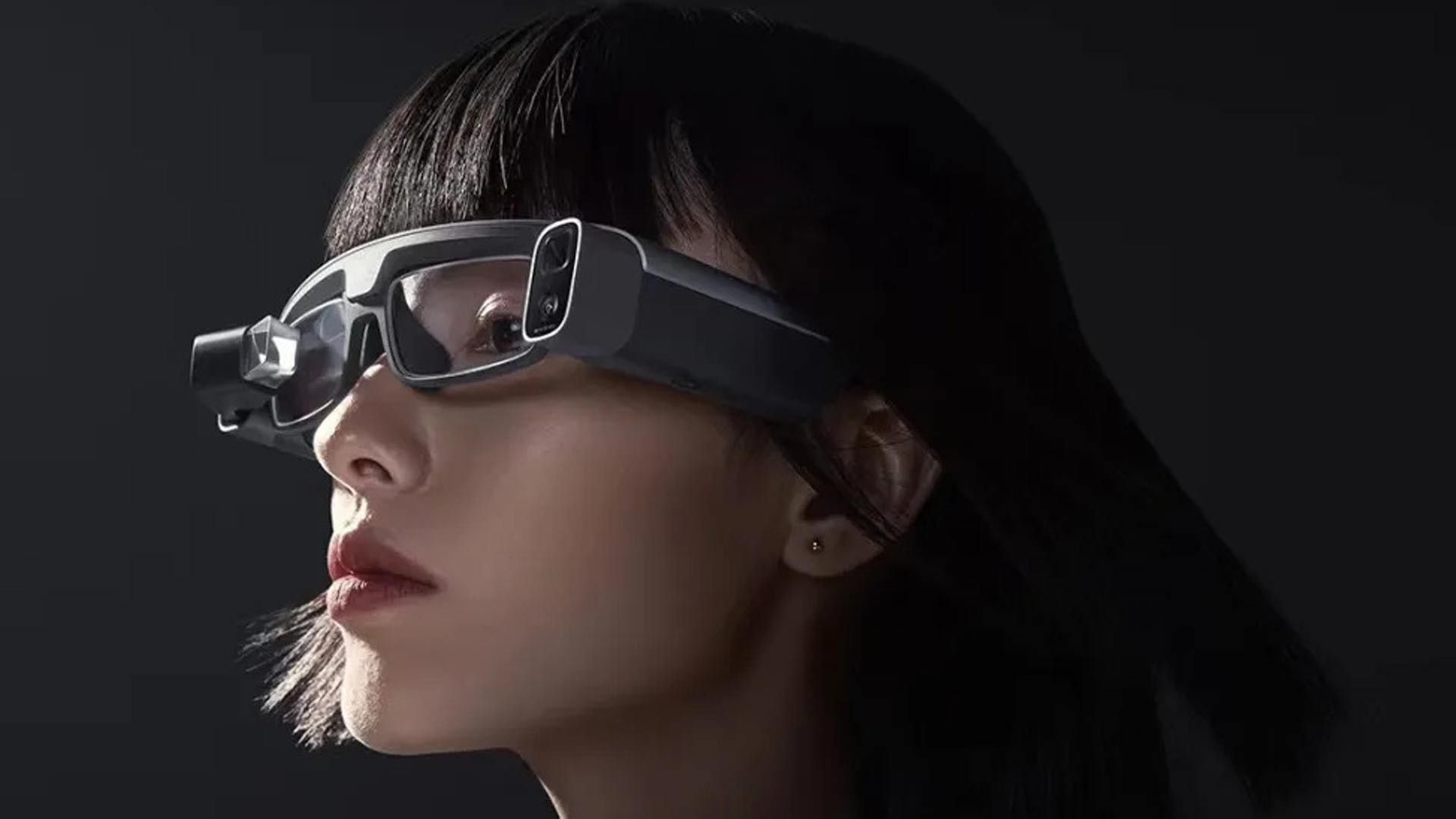
With the ability to overlay digital content onto the real world, smart glasses have the potential to transform several industries, from manufacturing and logistics to healthcare and retail.
The advent of 5G networks is also set to transform the future of AR. With faster speeds and lower latency, 5G networks will enable AR devices to deliver more seamless and immersive experiences. This technology will also enable AR devices to process and share more data in real-time, providing users with more personalized and interactive experiences.
Haptic feedback is another technology that is set to enhance the future of AR. It involves using vibrations and other tactile sensations to provide users with a more immersive experience.
With haptic feedback, users can feel as if they are interacting with real-world objects, providing a more realistic and engaging experience.
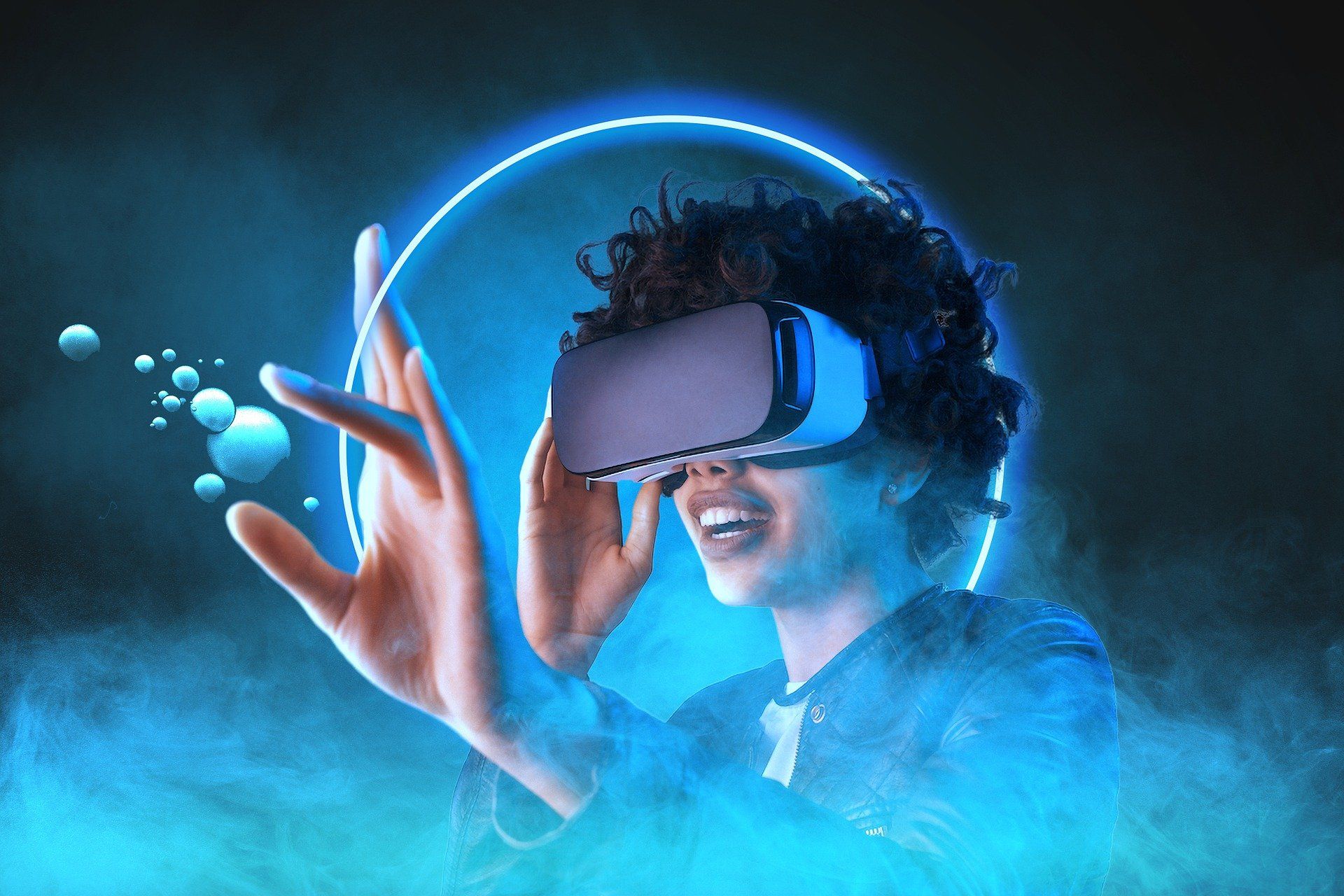
Finally, AI and machine learning will play a crucial role in the future of AR. These technologies will enable AR devices to learn and adapt to user behavior, providing more personalized and contextually relevant experiences.
With AI and machine learning, AR devices can also provide users with more accurate and useful information, making AR experiences more valuable and engaging.
AR in People’s Life
AR has already transformed several industries, from education and healthcare to marketing and gaming.
In the education sector, AR is being used to create more interactive and engaging learning experiences, making it easier for students to understand complex concepts.
In healthcare, AR is being used to create more realistic simulations, enabling doctors to train in a more realistic and safe environment.
In marketing, AR is being used to create more engaging and personalized experiences for customers. With AR, businesses can create interactive and immersive experiences that enable customers to visualize products in their own environment, making it easier for them to make purchase decisions.

In gaming, AR has transformed the way we play games. With AR games, players can interact with digital content in the real world, providing a more engaging and immersive experience.
From Pokemon Go to Minecraft Earth, AR games have captured the imagination of millions of people around the world.
Many AR product manufacturers, such as Oculus quest, have already started to offer many applications that work in integration with the AR technology in their App Stores.
Check out Meta’s Oculus Store from the link here to get a better idea of the current applications of AR devices.
In conclusion, the future of AR looks bright, with several innovations and trends set to transform the way we interact with the world around us. And it could be a great idea to pop a Peeps Pepsi while you watch the AR technologies develop over time.

